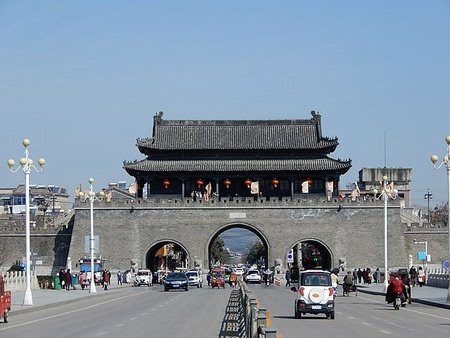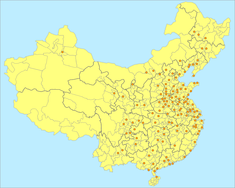
Every 1M+ Chinese City #5
Last updated: Friday March 31st, 2023
Report this blog
I will now move to the east and go through the cities around the Huai and Yangtze Rivers in Anhui and Jiangsu provinces.
Huaibei
Name
Simplified Chinese: 淮北
Traditional Chinese: 淮北
Pronunciation
Mandarin pinyin: huái bĕi
Cantonese jyutping: waai4 bak1
Population
citypopulation.de: 1,300,000
census 2020 (metro): 1,037,863
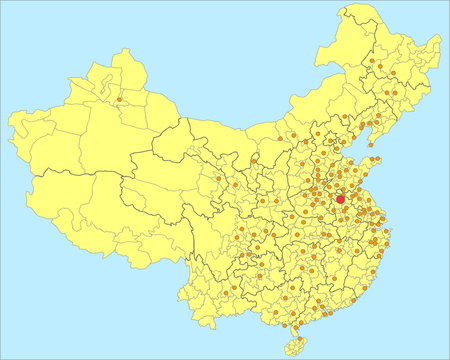
Huaibei, which means "north of Huai River", is a coal mining city. It also produces a Chinese spirit called kouzi wine. Other than that, it is not a well known city.
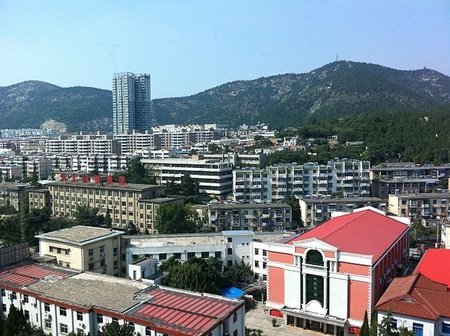
Xuzhou
Name
Simplified Chinese: 徐州
Traditional Chinese: 徐州
Pronunciation
Mandarin pinyin: xú zhōu
Cantonese jyutping: ceoi4 zau1
Population
citypopulation.de: 3,000,000
census 2020 (metro): 3,589,215
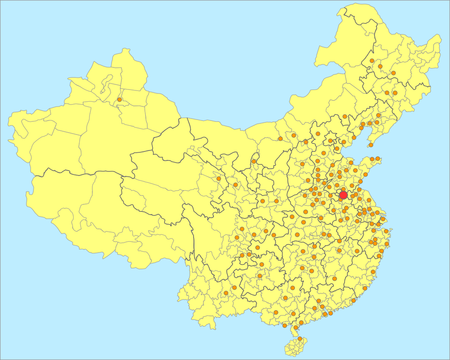
Xuzhou is a major city in northern Jiangsu, sitting on the intersection of the north-south Beijing-Shanghai railway and the east-west Longhai railway between Lianyungang and Lanzhou. The Grand Canal connecting Beijing and Hangzhou passes through here too.
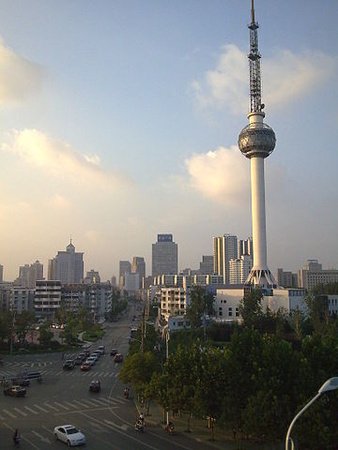
Lianyungang
Name
Simplified Chinese: 连云港
Traditional Chinese: 連雲港
Pronunciation
Mandarin pinyin: lián yún găng
Cantonese jyutping: lin4 wan4 gong2
Population
citypopulation.de: 1,110,000
census 2020 (metro): 1,210,767
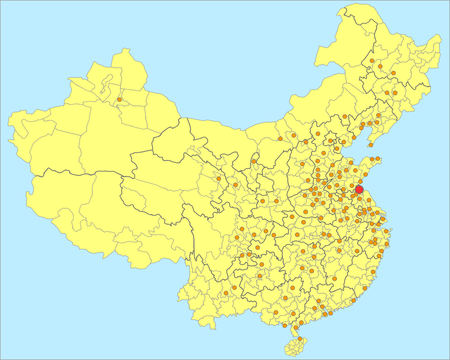
Lianyungang is a port city and the eastern terminus of the New Eurasian Land Bridge, connecting China to Central Asia and beyond. Its name, which can be translated as "Link Cloud Harbour", came from the Lian Island and Yuntai Mountain, both are popular with tourists.
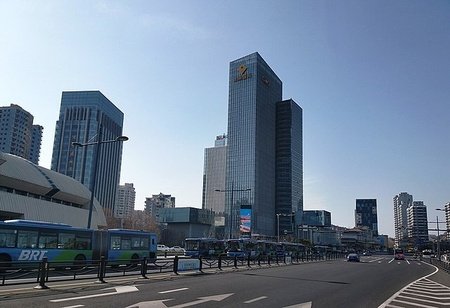
Suqian
Name
Simplified Chinese: 宿迁
Traditional Chinese: 宿遷
Pronunciation
Mandarin pinyin: sù qiān
Cantonese jyutping: suk1 cin1
Population
citypopulation.de: 1,160,000
census 2020 (metro): 1,622,912
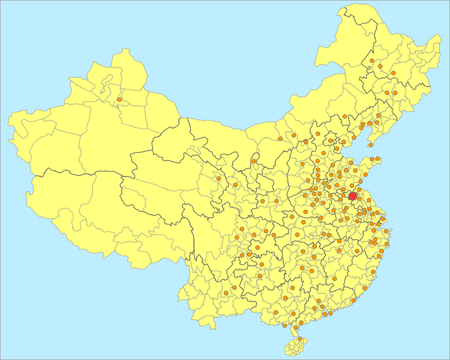
Suqian is the poorest city in Jiangsu. It suffered from frequent flooding when the Yellow River diverted south and seized the Huai River between the 12th to 19th century.
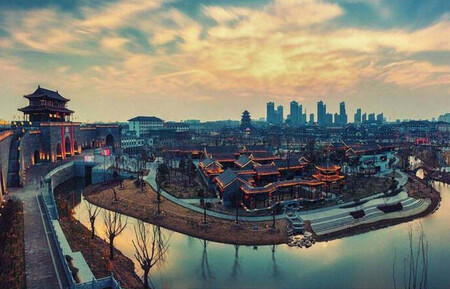
Shuyang
Name
Simplified Chinese: 沭阳
Traditional Chinese: 沭陽
Pronunciation
Mandarin pinyin: shù yáng
Cantonese jyutping: seot6 joeng4
Population
citypopulation.de: 1,050,000
census 2021 (metro): 1,007,500

Shuyang is a county within Suqian (i.e. it is not considered a city in China). It is one of the largest counties in China, but to the outsiders it is relatively unknown.
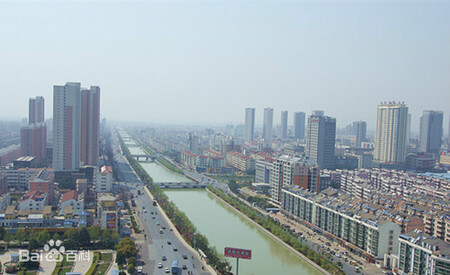
Huai'an
Name
Simplified Chinese: 淮安
Traditional Chinese: 淮安
Pronunciation
Mandarin pinyin: huái ān
Cantonese jyutping: waai4 on1
Population
citypopulation.de: 1,870,000
census 2020 (metro): 2,829,864
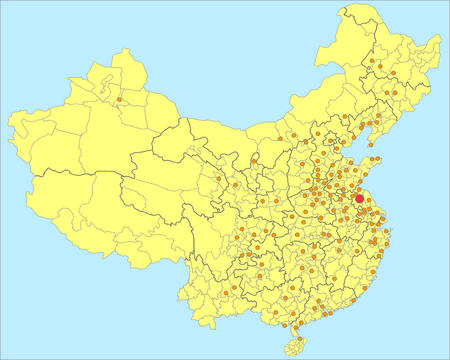
Huai'an is an ancient city on the Grand Canal. It was renamed from Huaiyin in 2001, and the current name means "Huai River pacified", a reference to the frequent floods.
It was the birthplace of the former Premier Zhou Enlai, the only sane person in power during the chaos of the Cultural Revolution and therefore highly regarded.

Yancheng
Name
Simplified Chinese: 盐城
Traditional Chinese: 鹽城
Pronunciation
Mandarin pinyin: yán chéng
Cantonese jyutping: jim4 sing4
Population
citypopulation.de: 1,410,000
census 2020 (metro): 1,733,591
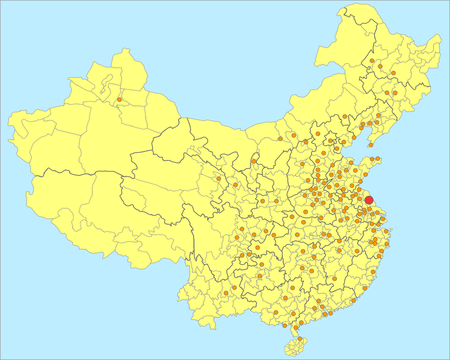
Yancheng or the "Salt City" refers to the many salt harvesting fields along the coast. There are wetland wildlife reserves nearby, including one for preserving the almost extinct Père David's deer, which has a rather fascinating history.
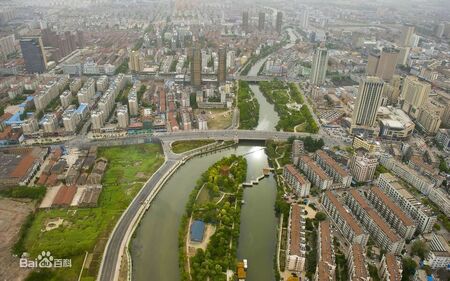
Fuyang
Name
Simplified Chinese: 阜阳
Traditional Chinese: 阜陽
Pronunciation
Mandarin pinyin: fù yáng
Cantonese jyutping: fau6 joeng4
Population
citypopulation.de: 1,310,000
census 2020 (metro): 2,128,538
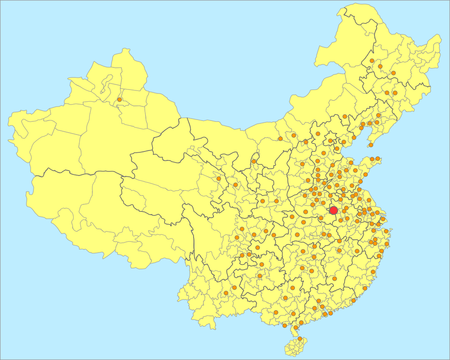
Fuyang lies on the Quan and Ying Rivers, tributaries to the Huai River. The Beijing-Kowloon railway passes through here. It is a small city that most people would not have heard of.
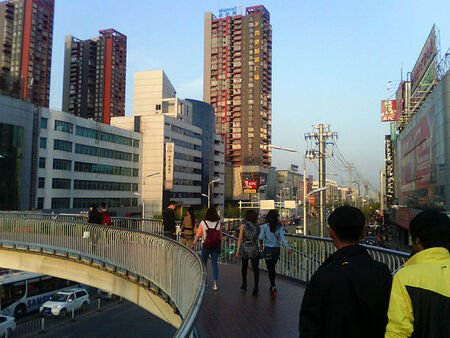
Huainan
Name
Simplified Chinese: 淮南
Traditional Chinese: 淮南
Pronunciation
Mandarin pinyin: huái nán
Cantonese jyutping: waai4 naam4
Population
citypopulation.de: 1,860,000
census 2020 (metro): 1,561,636
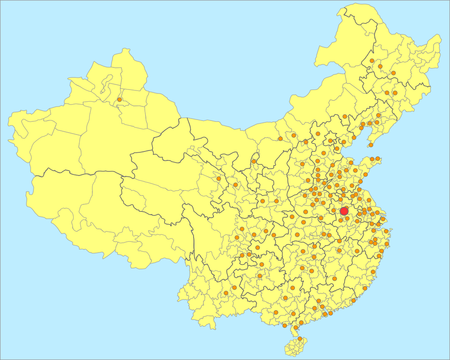
Bengbu
Name
Simplified Chinese: 蚌埠
Traditional Chinese: 蚌埠
Pronunciation
Mandarin pinyin: bèng bù
Cantonese jyutping: pong5 fau6
Population
citypopulation.de: 1,880,000
census 2020 (metro): 1,336,093
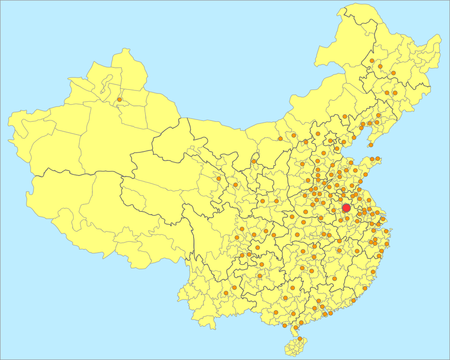
Bengbu, literally means "mussel port", has been historically a pearl farming town as the name suggested. The city grew rapidly after the Jinpu railway connecting Tianjin and Nanjing was built via here in 1912.

Lu'an
Name
Simplified Chinese: 六安
Traditional Chinese: 六安
Pronunciation
Mandarin pinyin: lù ān
Cantonese jyutping: luk6 on1
Population
citypopulation.de: 1,190,000
census 2020 (metro): 1,968,766
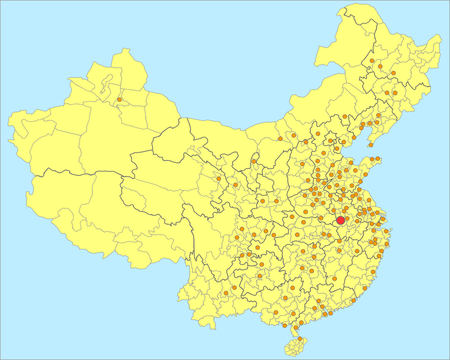
Lu'an (literally "six peace") is known for its melon seed tea. Otherwise it is pretty obscure.
Note that the character 六 follows the historical pronunciation of lù rather than liù (6).

Hefei
Name
Simplified Chinese: 合肥
Traditional Chinese: 合肥
Pronunciation
Mandarin pinyin: hé féi
Cantonese jyutping: hap6 fei4
Population
citypopulation.de: 7,500,000
census 2020 (metro): 5,118,199
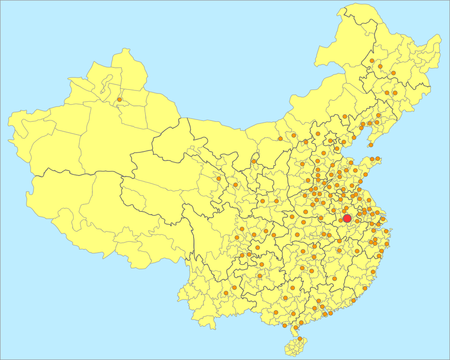
Hefei is the capital of Anhui since it was moved from Anqing in 1952. With over 2000 years of history, it is the heartland of Jianghuai culture around the plains of the Yangtze and Huai Rivers. Today, it is an important education and manufacturing hub, and the University of Science and Technology of China is located here (a top 100 university in the world, the "Caltech of China").

Wuhu
Name
Simplified Chinese: 芜湖
Traditional Chinese: 蕪湖
Pronunciation
Mandarin pinyin: wú hú
Cantonese jyutping: mou4 wu4
Population
citypopulation.de: 1,730,000
census 2020 (metro): 2,051,259
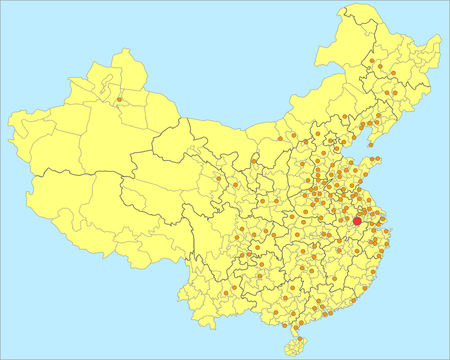
Wuhu is an important port along the Yangtze River, historically the biggest of the four major centres of the rice trade. Nowadays, the city's urban area extends north along the river joining Ma'anshan and Nanjing.
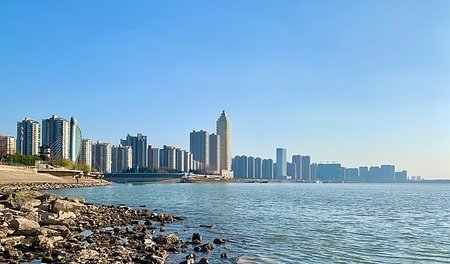
Nanjing
Name
Simplified Chinese: 南京
Traditional Chinese: 南京
Pronunciation
Mandarin pinyin: nán jīng
Cantonese jyutping: naam4 ging1
Population
citypopulation.de: 9,050,000
census 2020 (metro): 9,314,685
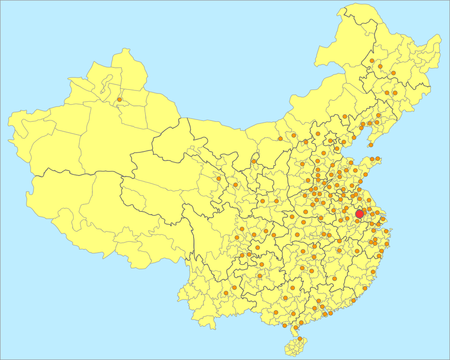
Nanjing (literally the "Southern Capital" as opposed to Beijing in the north) is the capital of Jiangsu. It is a megacity and the second largest in Eastern China. It was the former capital of the Republic of China before the Nationalist fled to Taiwan. Historically, the nation's capital was often moved to here when the barbarians invaded from the north. It has long been an important and prosperous city throughout the history. The story of the great classical novel Dream of the Red Chamber was based here.
The city experienced three massacres in history; the worst atrocity being the Rape of Nanking in 1937 by the Japanese. On the annual memorial day, sirens go off around the city. So don't expect a warm welcome here if you are Japanese.

Yangzhou
Name
Simplified Chinese: 扬州
Traditional Chinese: 揚州
Pronunciation
Mandarin pinyin: yáng zhōu
Cantonese jyutping: joeng4 zau1
Population
citypopulation.de: 2,200,000
census 2020 (metro): 2,635,435
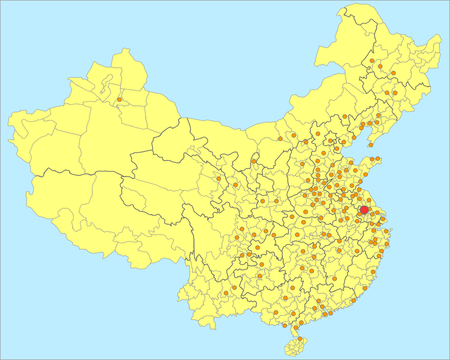
Yangzhou has always been a wealthy city linked to its lake and canals, and was mentioned in many historical poems. It suffered from one of the worst massacres in history, when in 1645 the invading Manchu general ordered the slaughtering of all its citizens in a 10-day spree.
It is the home to Huaiyang cuisine, one of the four major in China. In fact, nowadays the city is synonymous with its Yangzhou fried rice.
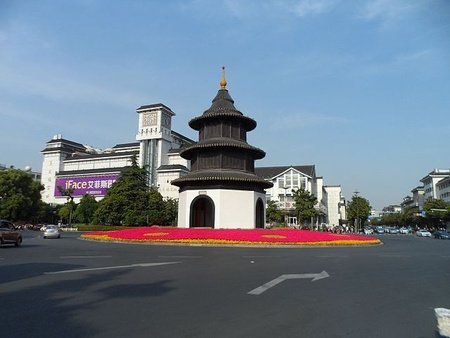
Zhenjiang
Name
Simplified Chinese: 镇江
Traditional Chinese: 鎮江
Pronunciation
Mandarin pinyin: zhèn jiāng
Cantonese jyutping: zan3 gong1
Population
citypopulation.de: 1,170,000
census 2020 (metro): 1,266,790
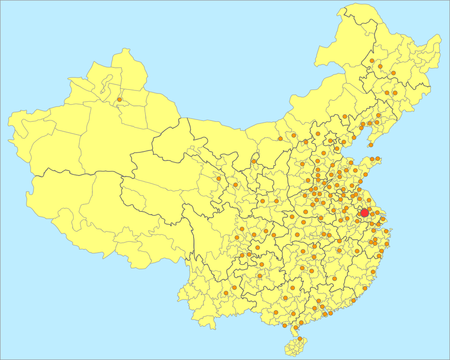
Zhenjiang is on the south bank of Yangtze River opposite to Yangzhou. It is an important trading port on the Yangtze and the Grand Canal, and a treaty port opened to foreign trade during the Qing dynasty. It was captured and plundered by the British in the First Opium War (while the Yangzhou merchants paid the Brits a hefty ransom to protect their city).
Similar to Yangzhou, nowadays most people would only associate the city with its famous fragrant black vinegar, a staple condiment to many Chinese food. If you have been eating pork dumplings with soy sauce rather than vinegar, you are doing it wrong.
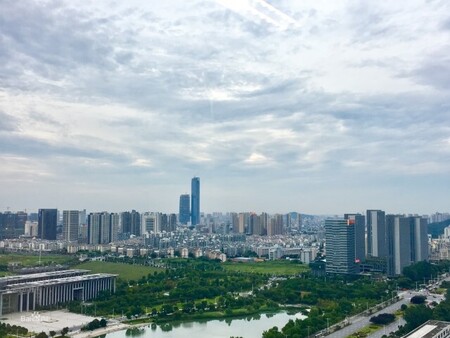
Taizhou
Name
Simplified Chinese: 泰州
Traditional Chinese: 泰州
Pronunciation
Mandarin pinyin: tài zhōu
Cantonese jyutping: taai3 zau1
Population
citypopulation.de: 1,420,000
census 2020 (metro): 1,726,705
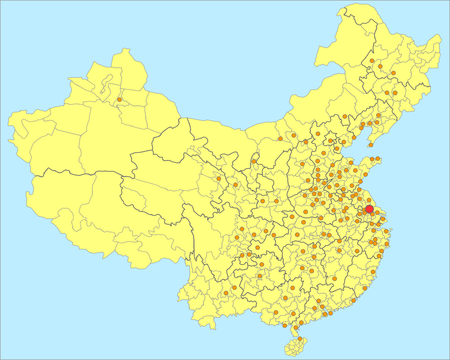
Taizhou (not to be confused with the larger one in Zhejiang) used to be under the administration of the neighbouring Yangzhou. It is mostly known as the home town of the former President Hu Jintao.
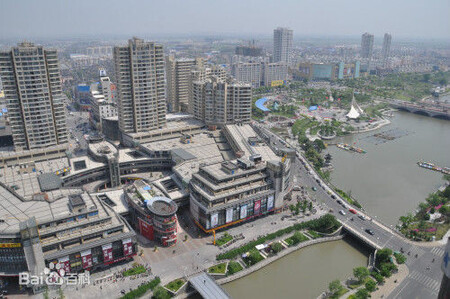
There are two more cities in Jiangsu in the citypopulation list, but I am stopping here as the two are more closely related to Shanghai, which I will go through in my next blog.

